What Is The Healthiest Material For A Teapot?

AI Overview
The healthiest teapot materials are borosilicate glass and surgical-grade stainless steel because they are non-porous, do not leach toxins, and are durable. Ceramic and cast iron are also good options, but it's crucial to ensure they are made with lead-free and cadmium-free glazes and coatings.
Top healthy choices
- Borosilicate glass: This is considered the safest material because it's non-porous and doesn't react with high temperatures to release harmful chemicals. It's also durable, easy to clean, and allows you to watch the tea steep.
- Surgical-grade stainless steel (18/8): This is a durable and long-lasting option that doesn't easily leach metals into the water. Ensure it's free of lead and, for those with allergies, consider a version with lower or no nickel.
- Ceramic: A healthy choice if it's a one-piece ceramic pot coated with a lead- and cadmium-free glaze. It's a good option for those who don't want any taste transfer between teas.
- Cast iron: Plain cast iron is a good choice because it retains heat well and adds iron to the water. Avoid enameled cast iron unless it's certified to be free of lead and cadmium, as these can be present in some glazes.
What to avoid
- Copper: Can be toxic, especially if the protective coating wears off and exposes you to copper oxide.
- Questionable metals: Avoid teapots with questionable metal solder or uncertified alloys, as they could contain lead or other harmful substances.
- Enameled cast iron (unverified): Some enameled cast iron can contain lead or cadmium, so it's important to find one from a reputable manufacturer or certified as lead- and cadmium-free.

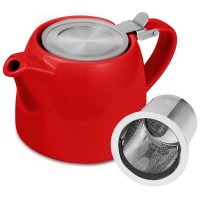
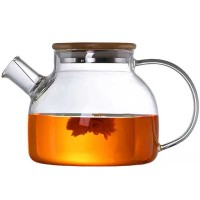
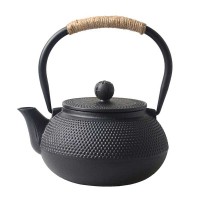
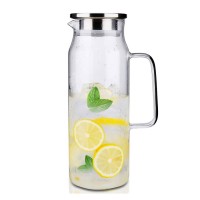
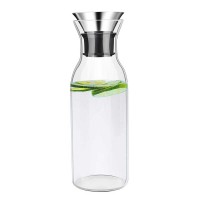
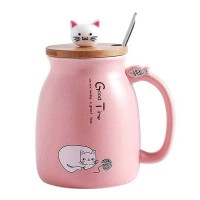
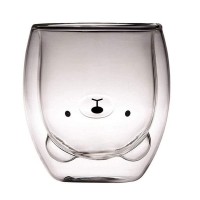
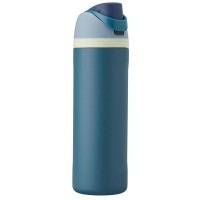

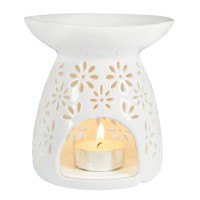
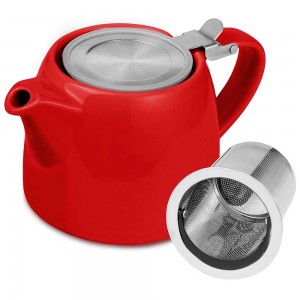


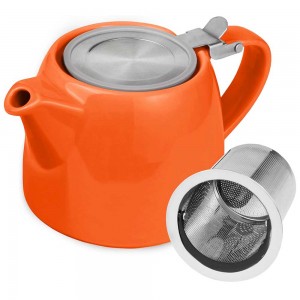
Leave a Comment